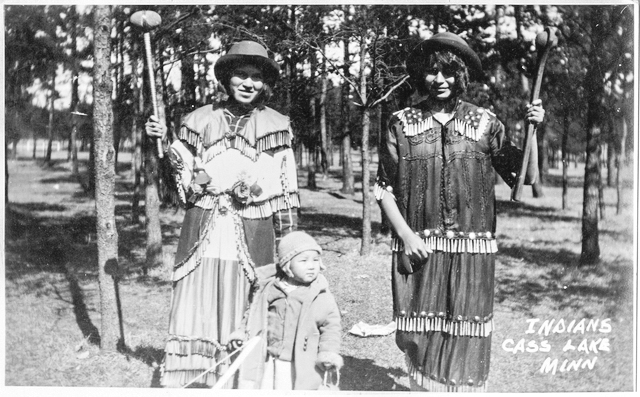
- Details
- By Rich Tupica
Back in 1918, “the mother of all pandemics'' swiftly spread influenza to 500 million people, one-third of the world’s population. It was a devastating two-year period that killed an estimated 17 million people globally. There was no vaccine to prevent it and no antibiotics to treat it. Control efforts were limited to non-pharmaceutical interventions, including quarantine, home remedies, good-hygiene practices and disinfectant use.
It was during that time of great sadness and uncertainty that the Jingle Dress — adorned with jingling metal cones — was created by three different Ojibwa communities: the Mille Lacs, Red Lake Band of Chippewa and the Whitefish Bay Ojibwe.
Also known as the Prayer Dress, the Jingle Dress is thought to bring healing to those who are sick. The dress and the Prayer Dress Dance have been mainstays of American Indian and First Nations pow wows.
Flash-forward to today, as our nation now fights the COVID-19 pandemic, and the inspiring rattle of the Jingle Dress has been making waves across social media, thanks to dancers who are sharing inspiring videos of themselves praying and dancing in the intricately-crafted regalia.
“We know today that there’s a lot about healing that can be done through medicine, but [there is] a psychological component that is less understood,” Brenda J. Child, author of My Grandfather’s Knocking Sticks, said in a previous interview with the University of Minnesota. “Their dance was part of this psychological component of illness.”
The dresses, which are commonly seen at Powwows across the country, jingle as the person walks and is said to spread healing.
Shyla Tootoosis, 11, is a young dancer from Thunderchild First Nation in Saskatchewan. Last month, Tootoosis was profiled by CBC reporter Rhiannon Johnson after she posted videos, along with help from her mother. “It's a really beautiful dance that provides healing," Tootoosis told CBC. “When I was growing up I was always taught to pray for one another, and it was a true honor to pray for the world.”
Last year, as the Jingle Dress turned 100 years old, the Mille Lacs Indian Museum and Trading Post unveiled its exhibition, Ziibaaska’ iganagooday: The Jingle Dress at 100.
Through photographs, oral tradition and a display of jingle dresses from the Minnesota Historical Society’s collections, visitors learn not only about the dress and dance, but also how its origin can be traced to the Mille Lacs Ojibwe. It’s set to run through October 2020, but (due to the COVID-19 crisis) please check for new dates and times.
More Stories Like This
Watermark Art Center to Host “Minwaajimowinan — Good Stories” ExhibitionMuseums Alaska Awards More Than $200,000 to 12 Cultural Organizations Statewide
Zuni Youth Enrichment Project Takes Top Emerging Artist Apprentices to Phoenix for Artistic Exploration and Cultural Immersion
From Dishwasher to Award-Winning Chef: Laguna Pueblo's Josh Aragon Serves Up Albuquerque's Best Green Chile Stew
Rob Reiner's Final Work as Producer Appears to Address MMIP Crisis
Help us defend tribal sovereignty.
At Native News Online, our mission is rooted in telling the stories that strengthen sovereignty and uplift Indigenous voices — not just at year’s end, but every single day.
Because of your generosity last year, we were able to keep our reporters on the ground in tribal communities, at national gatherings and in the halls of Congress — covering the issues that matter most to Indian Country: sovereignty, culture, education, health and economic opportunity.
That support sustained us through a tough year in 2025. Now, as we look to the year ahead, we need your help right now to ensure warrior journalism remains strong — reporting that defends tribal sovereignty, amplifies Native truth, and holds power accountable.
 The stakes couldn't be higher. Your support keeps Native voices heard, Native stories told and Native sovereignty defended.
The stakes couldn't be higher. Your support keeps Native voices heard, Native stories told and Native sovereignty defended.
Stand with Warrior Journalism today.
Levi Rickert (Potawatomi), Editor & Publisher
